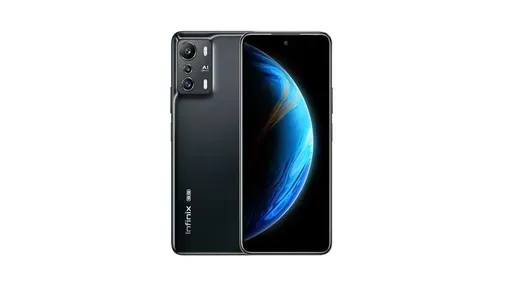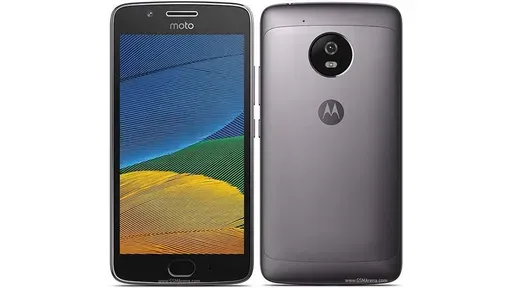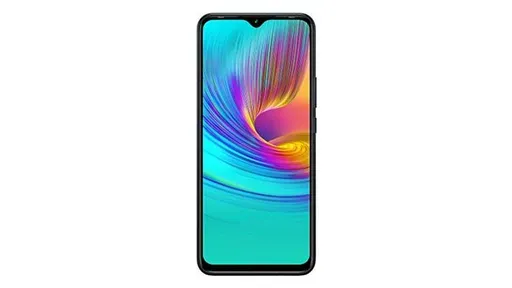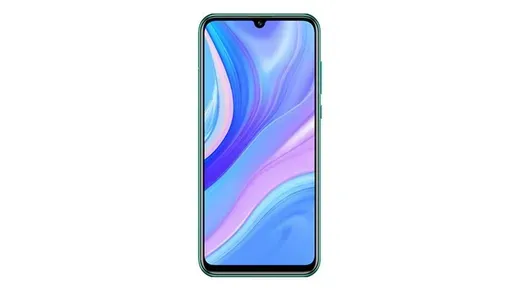The Xiaomi Mi Mix Alpha is one of the most ambitious smartphones to emerge in recent years, pushing the boundaries of design and display technology. Unlike conventional devices, the Mi Mix Alpha embraces a futuristic "surround display" that wraps around nearly the entire device, leaving only a slim strip on the back for the camera module. This bold approach makes it stand out in a sea of incremental upgrades, but does it deliver a practical experience? Let’s dive into the details.
At first glance, the Mi Mix Alpha is a stunning piece of engineering. The 7.92-inch flexible OLED display curves around the edges, offering a 180.6% screen-to-body ratio—a figure that sounds almost unreal. Xiaomi calls this a "surround display," and it certainly lives up to the name. The effect is mesmerizing, with content flowing seamlessly from the front to the sides. However, this design comes with trade-offs. The lack of a traditional frame means accidental touches are frequent, and the device feels fragile despite its titanium alloy frame.
Under the hood, the Xiaomi Mi Mix Alpha doesn’t cut corners. It’s powered by the Qualcomm Snapdragon 855 Plus, a flagship chipset at the time of its release, paired with 12GB of RAM and 512GB of UFS 3.0 storage. Performance is predictably smooth, handling everything from multitasking to graphically intensive games with ease. That said, the absence of a more recent processor like the Snapdragon 865 or 888 means it’s no longer at the very top of the performance ladder, though it remains more than capable for daily use.
The camera system is another highlight, featuring a 108MP primary sensor with a large 1/1.33-inch sensor size, a 20MP ultra-wide lens, and a 12MP telephoto shooter with 2x optical zoom. Xiaomi’s computational photography shines here, delivering sharp, detailed images in good lighting. Low-light performance is decent but not class-leading, and the lack of optical image stabilization on the main sensor is a curious omission at this price point.
Battery life is solid, thanks to a 4,050mAh cell and efficient software optimization. The 40W fast charging is quick but lags behind some competitors offering 65W or even 120W charging speeds. Wireless charging is notably absent, likely due to the unique display design. Software-wise, the device runs MIUI on top of Android, with some customizations to accommodate the wraparound screen. While functional, the interface can feel cluttered, and the learning curve for the new display interactions may frustrate some users.
Now, let’s break down the key specifications of the Xiaomi Mi Mix Alpha:
Display: 7.92-inch flexible OLED, 2088 x 2250 resolution, 180.6% screen-to-body ratio
Processor: Qualcomm Snapdragon 855 Plus
RAM: 12GB LPDDR4X
Storage: 512GB UFS 3.0 (non-expandable)
Rear Cameras: 108MP primary (f/1.7), 20MP ultra-wide (f/2.2), 12MP telephoto (f/2.0, 2x optical zoom)
Battery: 4,050mAh, 40W wired fast charging
Build: Titanium alloy frame, ceramic back
Operating System: MIUI based on Android
Dimensions: 154.4 x 72.3 x 10.4 mm
Weight: 241 grams
Priced at an eye-watering $2,800 at launch, the Mi Mix Alpha was never meant to be a mass-market device. Instead, it serves as a showcase of Xiaomi’s engineering prowess and a glimpse into potential future designs. The surround display is undeniably impressive, but practicality takes a back seat to innovation. For most users, traditional flagship phones offer a better balance of features and usability. However, if you’re after a conversation-starting piece of tech that stands out from the crowd, the Mi Mix Alpha is in a league of its own.
In conclusion, the Xiaomi Mi Mix Alpha is a daring experiment that succeeds more as a concept than a daily driver. Its groundbreaking display and premium materials make it a collector’s item, but the high price and niche appeal limit its broader relevance. Still, it’s a fascinating look at what smartphones could become—and for that alone, it deserves recognition.

By /Jun 4, 2025

By /Jun 4, 2025

By /Jun 4, 2025

By /Jun 4, 2025

By /Jun 4, 2025

By /Jun 4, 2025

By /Jun 4, 2025

By /Jun 4, 2025

By /Jun 4, 2025

By /Jun 4, 2025

By /Jun 4, 2025

By /Jun 4, 2025

By /Jun 4, 2025

By /Jun 4, 2025

By /Jun 4, 2025

By /Jun 4, 2025

By /Jun 4, 2025

By /Jun 4, 2025

By /Jun 4, 2025

By /Jun 4, 2025

By /Jun 4, 2025

By /Jun 4, 2025

By /Jun 4, 2025

By /Jun 4, 2025

By /Jun 4, 2025

By /Jun 4, 2025

By /Jun 4, 2025

By /Jun 4, 2025

By /Jun 4, 2025

By /Jun 4, 2025

By /Jun 4, 2025

By /Jun 4, 2025

By /Jun 4, 2025

By /Jun 4, 2025

By /Jun 4, 2025